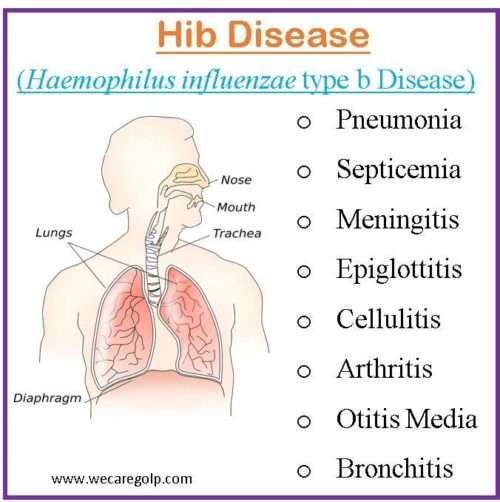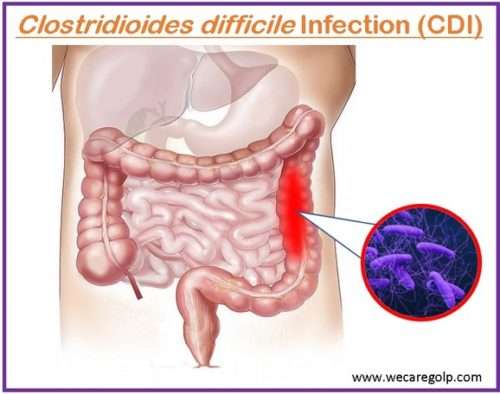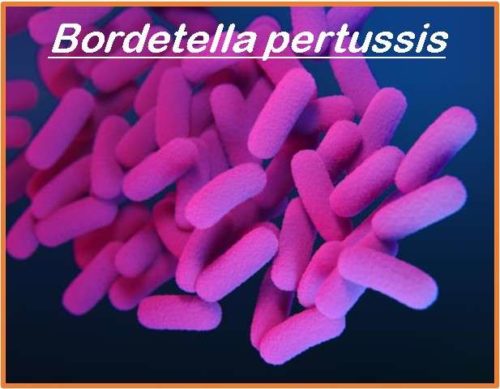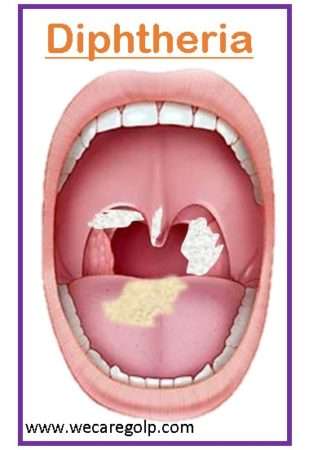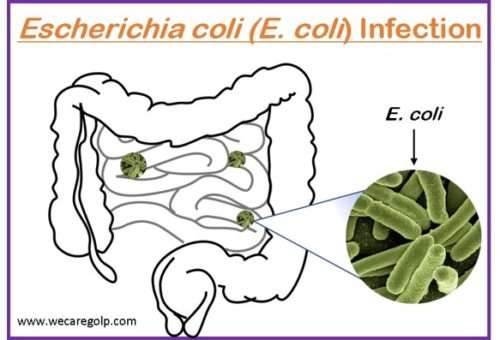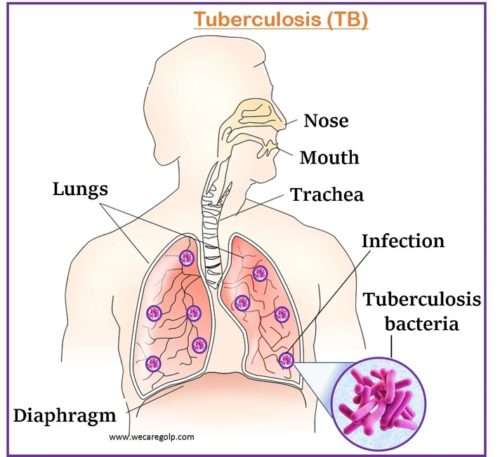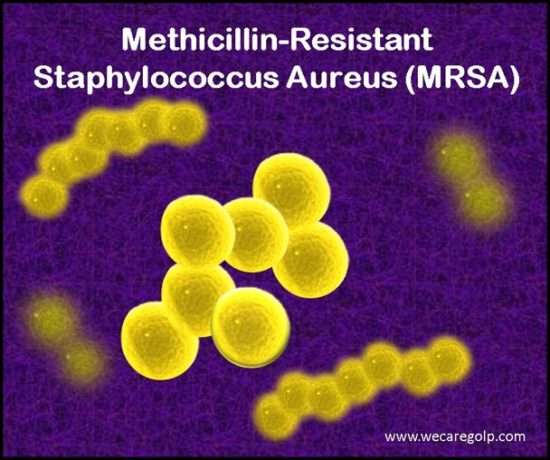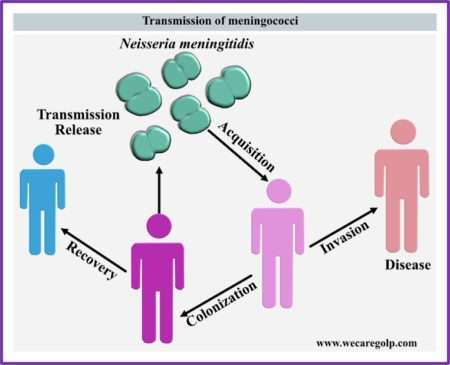Hib Disease(Haemophilus influenzaeType b Disease)
Introduction Hib (Haemophilus influenzae type b) disease is a contagious disease caused by the bacterium Haemophilus influenzae type b. Gram-negative Haemophilus influenzae bacteria can infect the respiratory tract and spread to other organs. Over 90% of systemic infections are caused by type b (Hib) of the six capsular H. influenzae types. It can affect the … Read more

